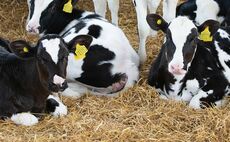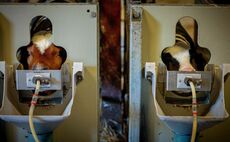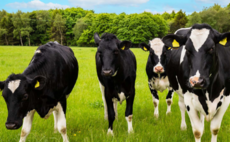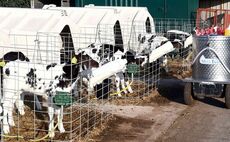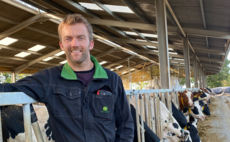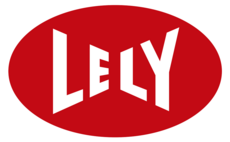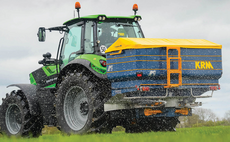Author profile
Livestock
The management of calf rearing and the standard of housing facilities are key factors in the overall health, welfare and performance of calves. So how do you get things right when individual systems are so varied?
Livestock
Nowadays most dairy farmers understand good colostrum management is key, but exactly what that entails is more often a point of debate.
Livestock
Getting the optimum quantity and quality of colostrum is key for new born calves but making the right choice when it comes to following on from colostrum onto milk replacers is also vital.
Livestock
For Mark and Susie Mottershead, who farm at The Brook, Wrexham, the 2020 lockdown prompted a focus on calves within their pedigree Holstein herd which were not performing as well as they wanted them to.
Livestock
When rearing all your own replacement heifers within a closed herd, the team at the University of Edinburgh’s Langhill Farm says it is particularly important calves get off to a good start.
Livestock
With the aim of making their ice cream the ‘greenest in the world’, producing a highly efficient milking herd is a top priority for the team at Mackie’s, in Inverurie, Aberdeenshire.
Livestock
Through better calf rearing facilities and the initiation of early life vaccination against pneumonia, the Hann family has seen significant improvements in the health and well-being of the calves in their pedigree Holstein herd at Rodden Down, Frome, Somerset.
Livestock
With rising costs and the need to be carbon conscious, breeding productive, efficient and profitable dairy cattle has never been so paramount.
Livestock
With the price of ammonium nitrate almost three times what it was this time last year, it is not surprising that many farmers are thinking hard about what they can do to mitigate this escalating input cost. And it is not just fertiliser prices which are rising.

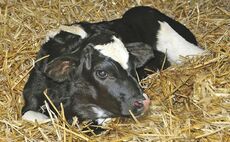
 19 August 2022
•
6 min read
19 August 2022
•
6 min read
